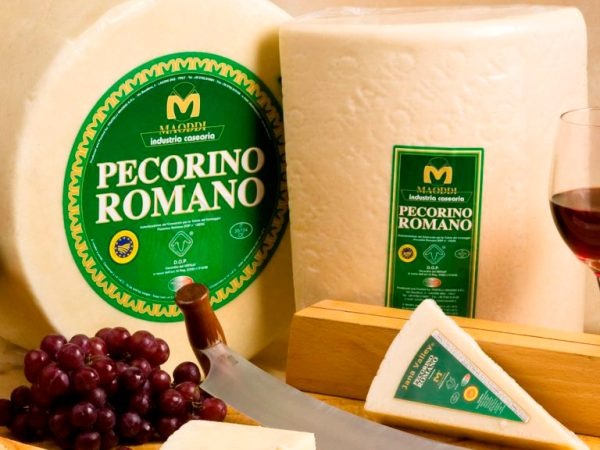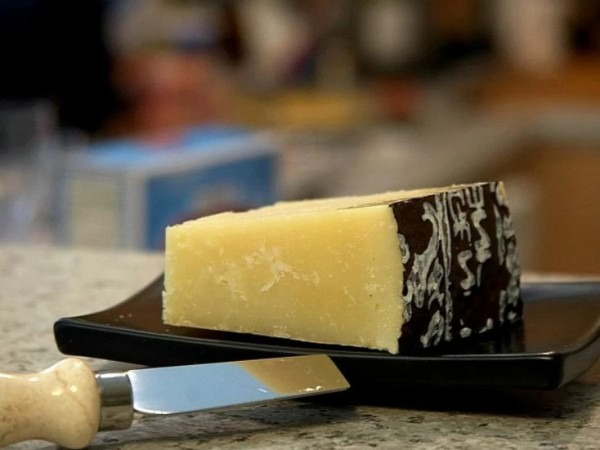Pecorino Romano cheese is a hard type of cheese that is most prevalent in the country of Italy, in the South and Central parts. The name suggests that it came from Rome, which is true since it originated in the Lazio region, which Rome is the capital of.
Now, it is mostly made in the island of Sardinia. It is of pale-yellow colour and sharp salty or spicy flavour, somewhat smoky and nutty. It has a granular, dense, and crumbly texture, with a strong and nutty aroma. It has a fat content of 50% and a natural rind.
How is Pecorino Romano Cheese made?
The Pecorino Romano cheese is obviously of the Pecorino family, which means it is made from the milk of ewe. However, American versions use cow milk. Due to EU law declaring its Protected Designation of Origin (PDO), the original version can only be produced in Lazio, Sardinia, Sicily, and Grosseto of Tuscany and by the original method only.
The milk must be obtained from sheep that feed on pastures on these lands only. Once the milk is ready, it is then quickly taken to the creamery to keep it fresh for the formation of the curd. Rennet from lamb grown in that very region is used along with natural bacteria to develop the curd, which is then placed in wheel-shaped moulds and manually brined.
It is then rinsed and dry-salted, after which, it is placed in wooden racks to age. Ageing usually takes from 8 to 12 months, depending on the region. The longer it is aged, the sharper its flavour and flakier its texture. No artificial ingredients are used, and the use of rennet makes it a non-vegetarian cheese.
Pecorino Romano cheese has a really strong, overpowering flavour. Therefore, it is best used for flavouring and garnishing in recipes that need to elevate their taste. Seen most commonly is the use of grated Pecorino Romano in pasta and salad recipes.
It is best not to use another ingredient of strong flavour in the recipe as it will create confusion for the taste buds. Even if you do use one, it should be an opposing flavour that is milder and compliments the cheese instead of clashing with it.
What other recipes can you use it for?
It can also be used on cheesy pizzas, flavoured bread, baked casseroles, and grilled cheese sandwiches as grated Pecorino Romano. You can also use it melted in potatoes or risotto, or have it just as it is with a rich Italian red wine.
People often confuse this cheese with the Parmigiano Reggiano or Parmesan. However, strictly speaking, Parmesan is not a Pecorino Romano cheese substitute; in fact, it has a balanced and mellow fruity taste and floral aroma, while still being bold in its flavour. However, another sweeter Pecorino Romano substitute is the Grana Padano, and it can be used more generously due to this.
Vegan? Try this delicious stew by Ohmynosh.net: https://ohmynosh.net/eggplant-stew-recipe.
How to make Pecorino Romano at home using raw milk (video guide)
What is Pecorino Romano’s best wine pairing?
The Pecorino Romano cheese is best paired with a full-bodied wine, preferably an Italian red as we already mentioned. Since the cheese is salty, tannic reds with a rich berry taste go best with it. Nonetheless, Montesodi, Luce Brunello, and Chianti Rufina Riserva are perfect partners for this piquant cheese.



